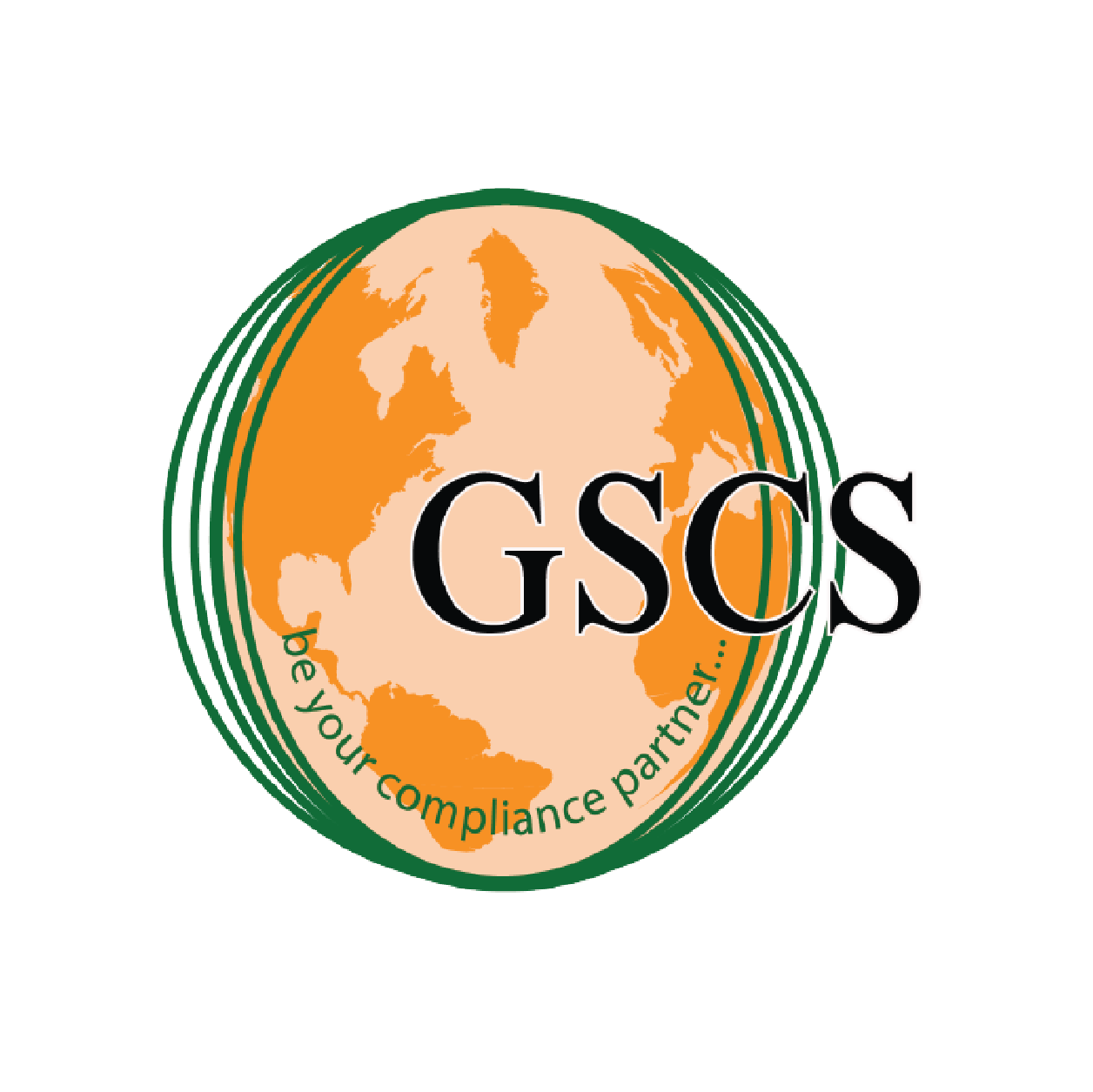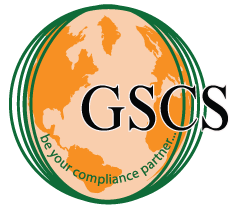
GHG Emissions Assessment: A Key Step in Achieving Corporate Sustainability Goals
Greenhouse Gas (GHG) Emission Assessment is a vital starting point for any organization’s sustainability and climate responsibility journey. It involves identifying, measuring, and analyzing greenhouse gas emissions across business operations, supply chains, and product lifecycles.
By understanding their carbon footprint, companies can align with global standards like ISO 14064, develop science-based reduction strategies, and demonstrate commitment to achieving net-zero emissions. This process supports risk management, regulatory compliance, and enhances corporate transparency.
In today’s climate-conscious world, investors, regulators, and customers increasingly demand environmental accountability. A robust GHG assessment not only meets these expectations but also strengthens your brand's position as a sustainable leader.
In this article, we explain what GHG emission assessment is, why it matters, and how GSCS International can help your business meet both regulatory requirements and voluntary sustainability goals through certified climate services.

What is Greenhouse Gas (GHG) Emissions Assessment?
A Greenhouse Gas (GHG) Emissions Assessment is the systematic process of identifying, measuring, and reporting an organization’s direct and indirect greenhouse gas emissions. It is a foundational step in understanding your company’s carbon footprint and aligning with global climate commitments.
GHG emissions are categorized into three scopes:
- Scope 1: Direct emissions from owned or controlled sources (e.g., fuel combustion, company vehicles).
- Scope 2: Indirect emissions from purchased electricity, steam, heating, and cooling.
- Scope 3: All other indirect emissions across the value chain (e.g., purchased goods, transportation, waste, employee commuting)
This assessment follows international standards such as the Greenhouse Gas Protocol, ISO 14064, and national GHG inventory methodologies. The output provides a comprehensive baseline for tracking emissions, identifying carbon hotspots, and developing targeted climate action strategies.
Why GHG Emissions Assessment is Important for Businesses
Whether you're a manufacturer, service provider, or multinational corporation, a verified GHG assessment is critical for the following reasons:
✔ Climate Risk Management
Understanding your GHG emissions helps mitigate physical risks (like extreme weather events) and transitional risks (such as evolving carbon policies and market expectations).
✔ Regulatory Compliance:
Many countries and regions are adopting climate regulations, including carbon pricing, emission trading systems, and disclosure requirements (e.g., SEC Climate Rules, CSRD, TCFD). GHG assessments ensure your business is compliant and future-ready.
✔ Reputation and Market Differentiation
Transparent GHG reporting enhances corporate reputation and appeals to investors, customers, and employees focused on ESG performance.
✔ Strategic Decision-Making
A robust GHG inventory supports data-driven decisions on energy efficiency, renewable sourcing, and supply chain optimization.
✔ Foundation for Climate Targets
A credible emissions baseline is the first step toward setting Science-Based Targets (SBTs), Net Zero commitments, or climate-neutral certifications.
Benefits of Conducting GHG Emissions Assessment
- Credible Sustainability Reporting: GHG data forms the core of ESG reports and enables companies to respond confidently to sustainability disclosures and frameworks such as CDP, GRI, and SASB.
- Resource Efficiency and Cost Savings: Identifying emissions hotspots often leads to uncovering energy inefficiencies, reducing operational costs, and improving resource management.
- Investor Confidence: Investors increasingly demand climate-related disclosures. GHG assessments demonstrate corporate accountability and risk readiness.
- Supply Chain Transparency: Scope 3 analysis promotes collaboration with suppliers and customers to reduce upstream and downstream emissions.
- Climate Leadership: Early action on emissions sets companies apart as industry leaders and responsible global citizens.
Steps to Conduct GHG Emissions Assessment
- Define Organizational and Operational Boundaries: Determine which business units, facilities, and processes are included using the control or equity share approach.
- Identify Emission Sources: List all emission sources under Scopes 1, 2, and 3. This includes everything from fuel usage to purchased goods and business travel.
- Collect Activity Data: Gather data such as fuel consumption, energy bills, production metrics, and transport logs for the reporting period.
- Apply Emission Factors: Convert activity data to GHG emissions using recognized emission factors from IPCC, EPA, or national inventories.
- Calculate Emissions: Calculate emissions for each scope. Typically reported in metric tons of CO₂-equivalent (tCO₂e).
- Verify and Validate: (Optional but recommended) Third-party verification enhances accuracy, credibility, and trust.
- Report and Use Results: Disclose emissions in sustainability reports or regulatory filings and use results to develop reduction strategies or apply for SBTi, net-zero labels, etc.
Why Choose GSCS International?
GSCS International offers full-spectrum support for companies undertaking GHG assessments and carbon footprinting, with a focus on accuracy, credibility, and strategic alignment.
Expertise
Our experienced auditors and environmental experts ensure compliance with global standards such as GHG Protocol, ISO 14064, and national regulations.
End-to-End Support
From boundary definition to emissions calculation and reporting, we provide full-cycle support tailored to your industry.
Recognized Methodologies
We use globally accepted methodologies and tools that enhance the validity and recognition of your emission inventories.
Capacity Building
We empower your team with training and capacity development to maintain and update GHG inventories independently.
Integration with Other Initiatives
We help link GHG assessments with other climate commitments such as SBTi, CDP reporting, net-zero strategies, or life cycle assessments (LCA).
Conclusion
A Greenhouse Gas (GHG) Emissions Assessment is a critical tool for any business aiming to manage its environmental impact, comply with regulations, and lead in sustainability. It provides a quantifiable foundation for climate action, enabling organizations to set ambitious targets and achieve long-term climate resilience.
Whether you're just starting or refining your climate strategy, a rigorous GHG inventory is where it all begins.
FAQ:
It enables businesses to:
- Comply with environmental regulations.
- Respond to investor and customer ESG expectations.
- Identify cost-saving opportunities through energy efficiency.
- Set realistic and science-based emission reduction targets.
- Improve brand reputation and market positioning.
- Scope 1: Direct emissions from owned or controlled sources (e.g., boilers, company vehicles).
- Scope 2: Indirect emissions from purchased electricity, steam, or cooling.
- Scope 3: All other indirect emissions in the value chain, including suppliers, product use, and waste disposal.
The most widely used is the GHG Protocol, along with ISO 14064, IPCC Guidelines, and other region-specific regulatory frameworks (e.g., EU ETS, US EPA).
Ideally, companies should conduct assessments annually to monitor progress, fulfill reporting obligations, and update climate targets. Regular assessments also prepare companies for third-party validation and investor disclosures.
You will need:
- Energy and fuel consumption data.
- Utility bills.
- Transportation and logistics data.
- Procurement records.
- Waste generation logs.
- Employee travel and commuting information.
Yes. Many tools and simplified methodologies are available for SMEs. GSCS International supports businesses of all sizes by customizing the approach based on capacity and sector.
While not mandatory, third-party verification improves the credibility and reliability of the emissions data and is often required for compliance, certifications, or ESG ratings.
The data is used to:
- Identify emission hotspots.
- Develop reduction strategies.
- Disclose information in ESG or sustainability reports.
- Set science-based or net-zero targets.
- Respond to climate disclosure requests (e.g., CDP, TCFD).
We offer end-to-end services, including:
- Data collection support.
- Emission calculations using approved factors.
- Training and capacity building.
- Reporting templates aligned with global standards.
- Guidance on integrating with SBTi and net-zero initiatives.
